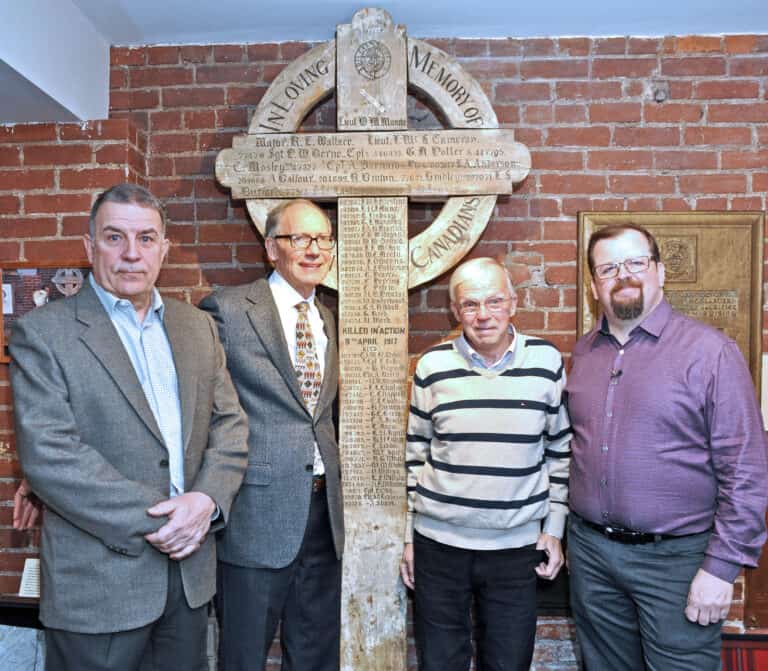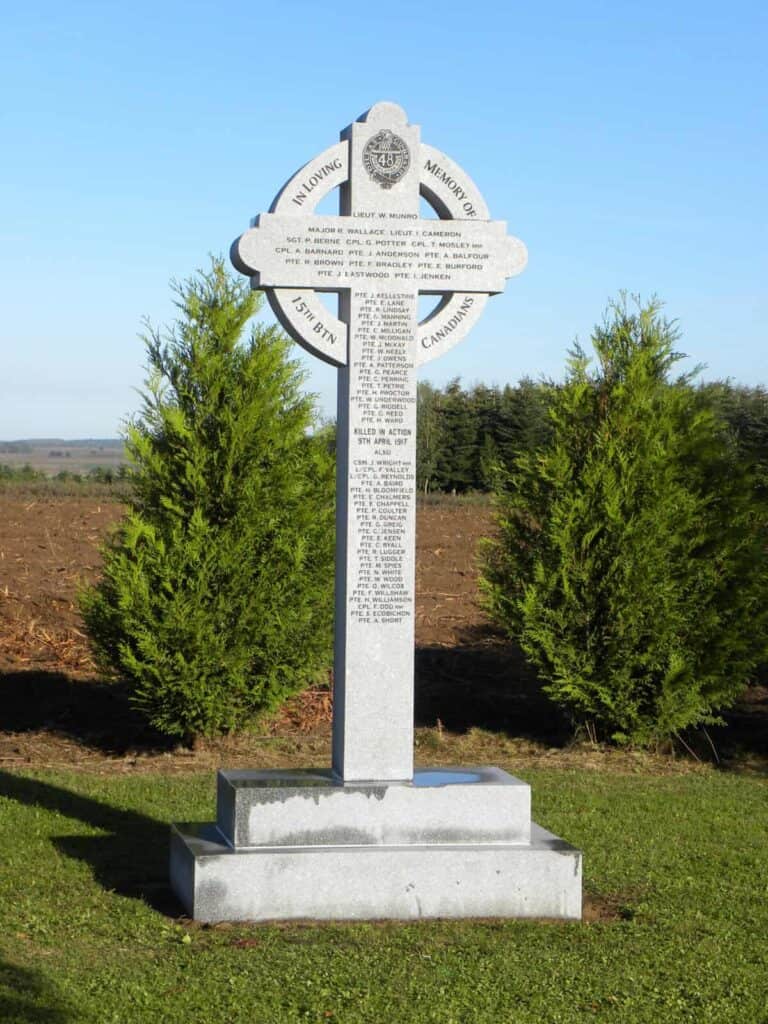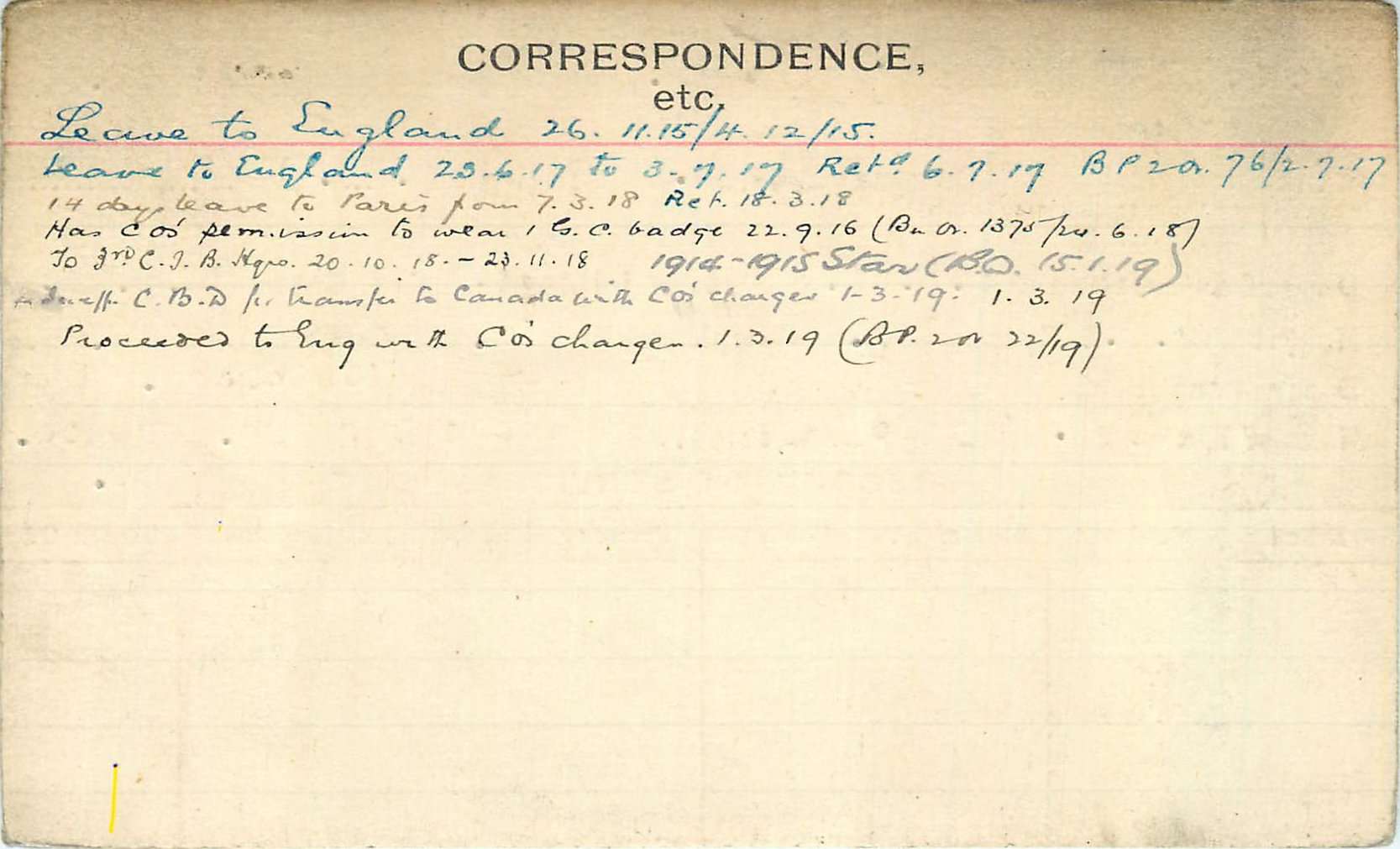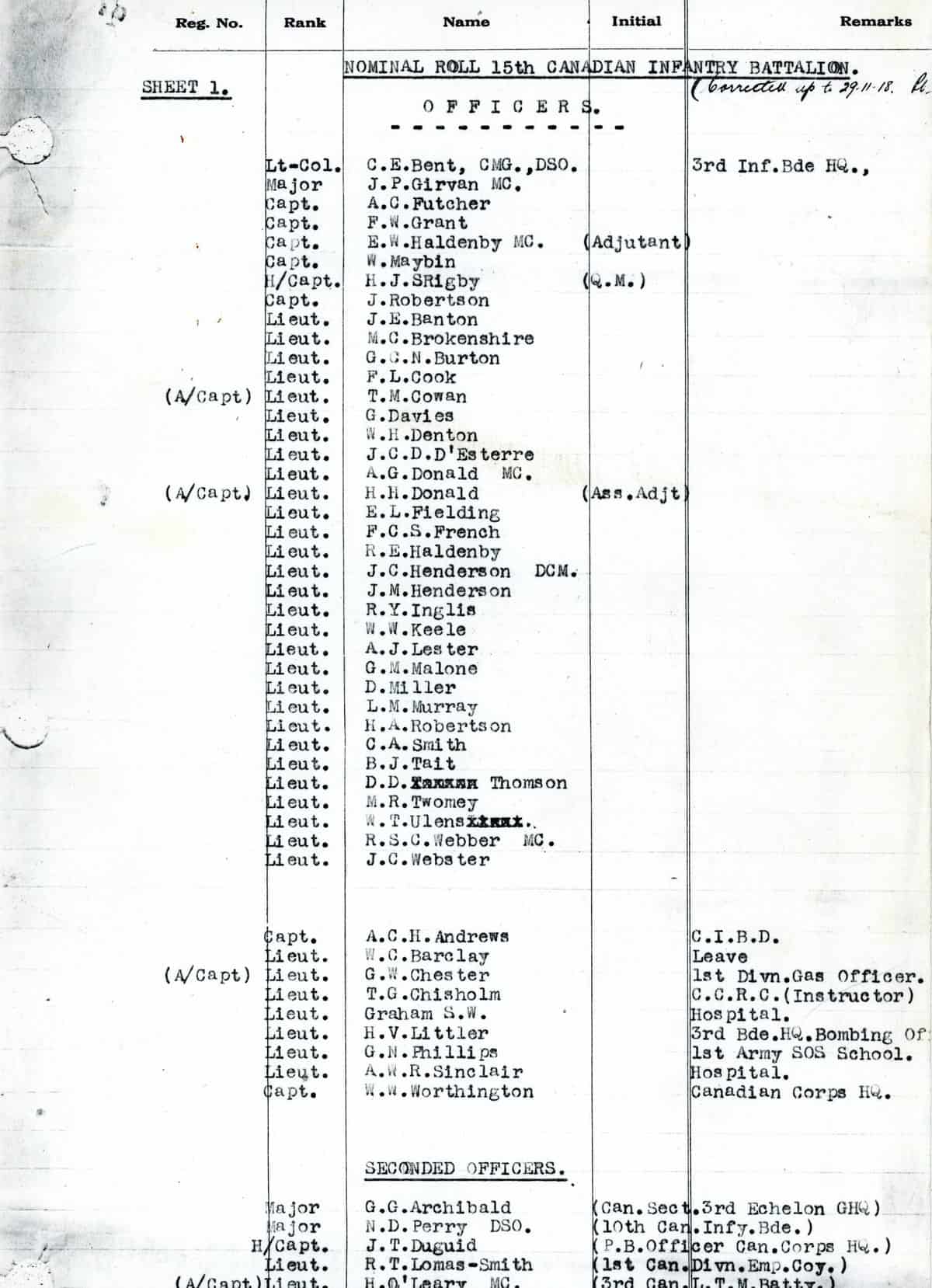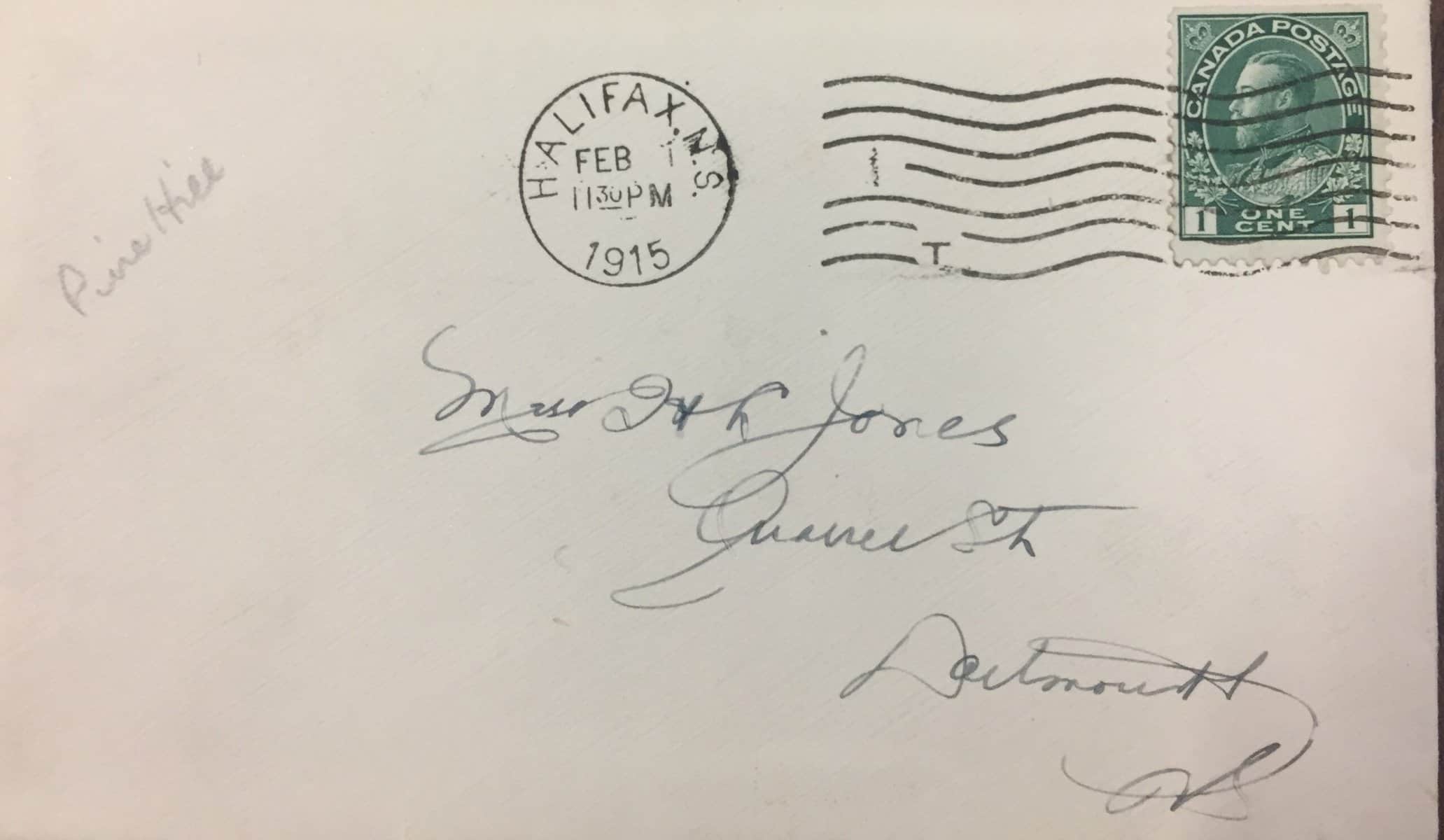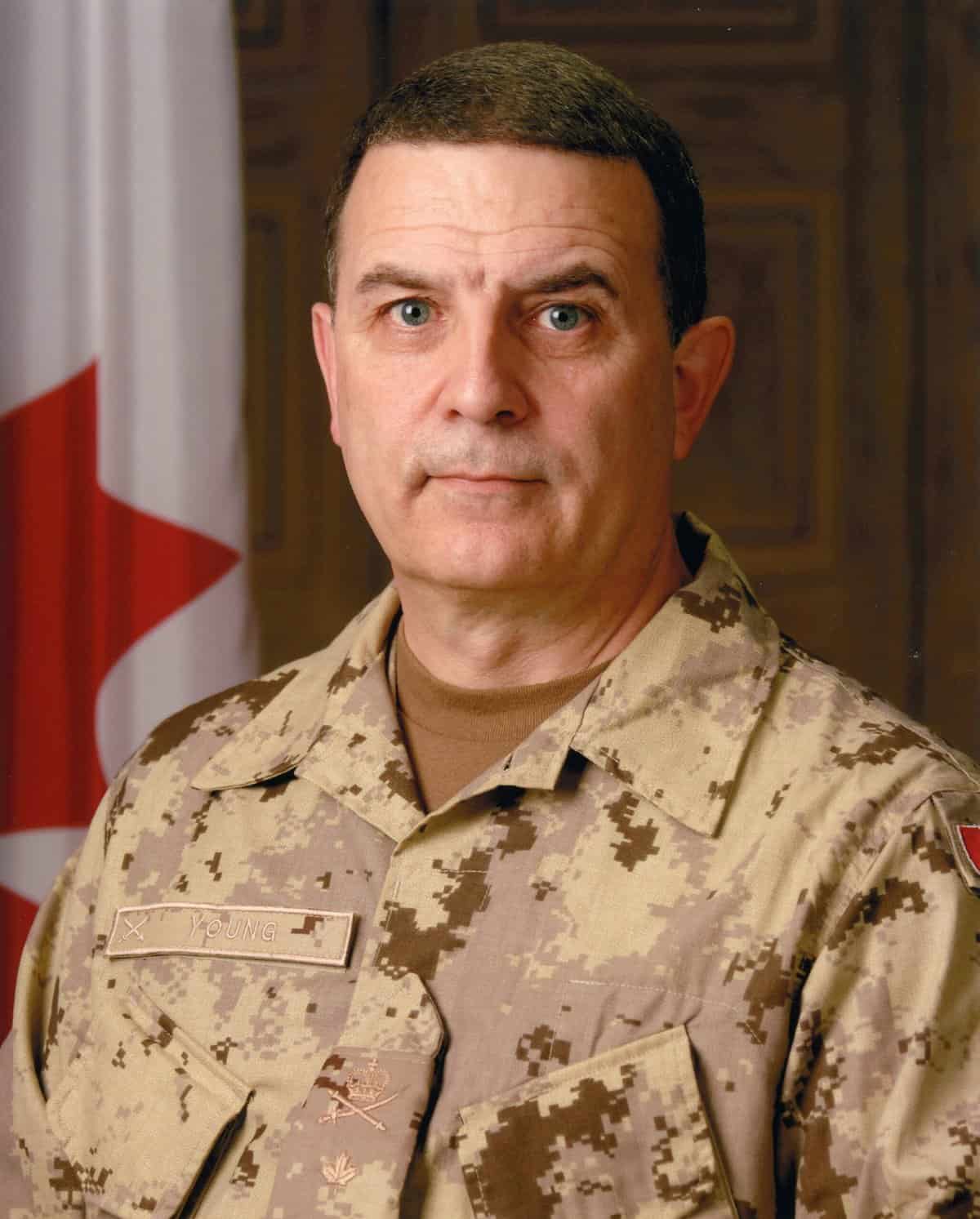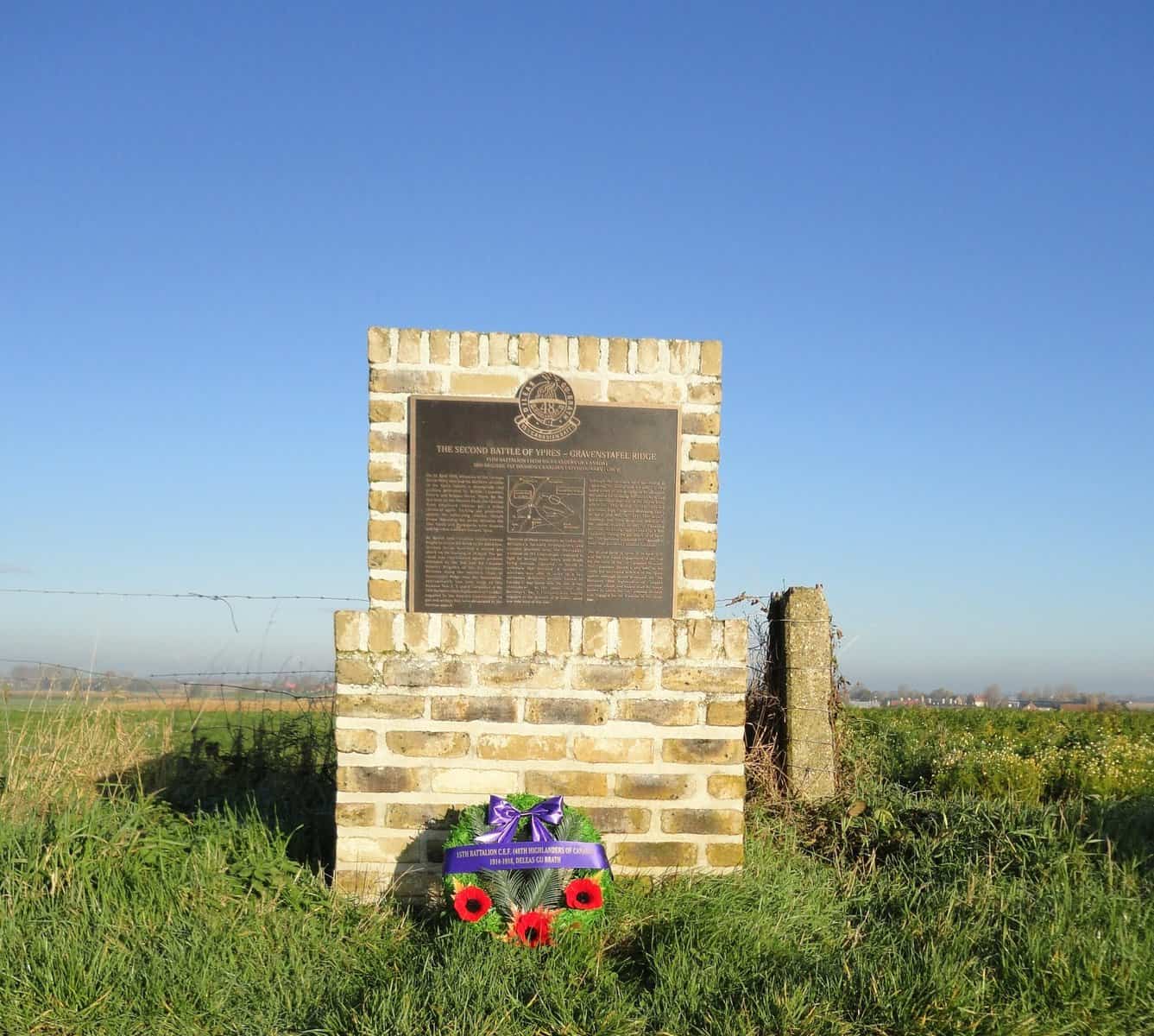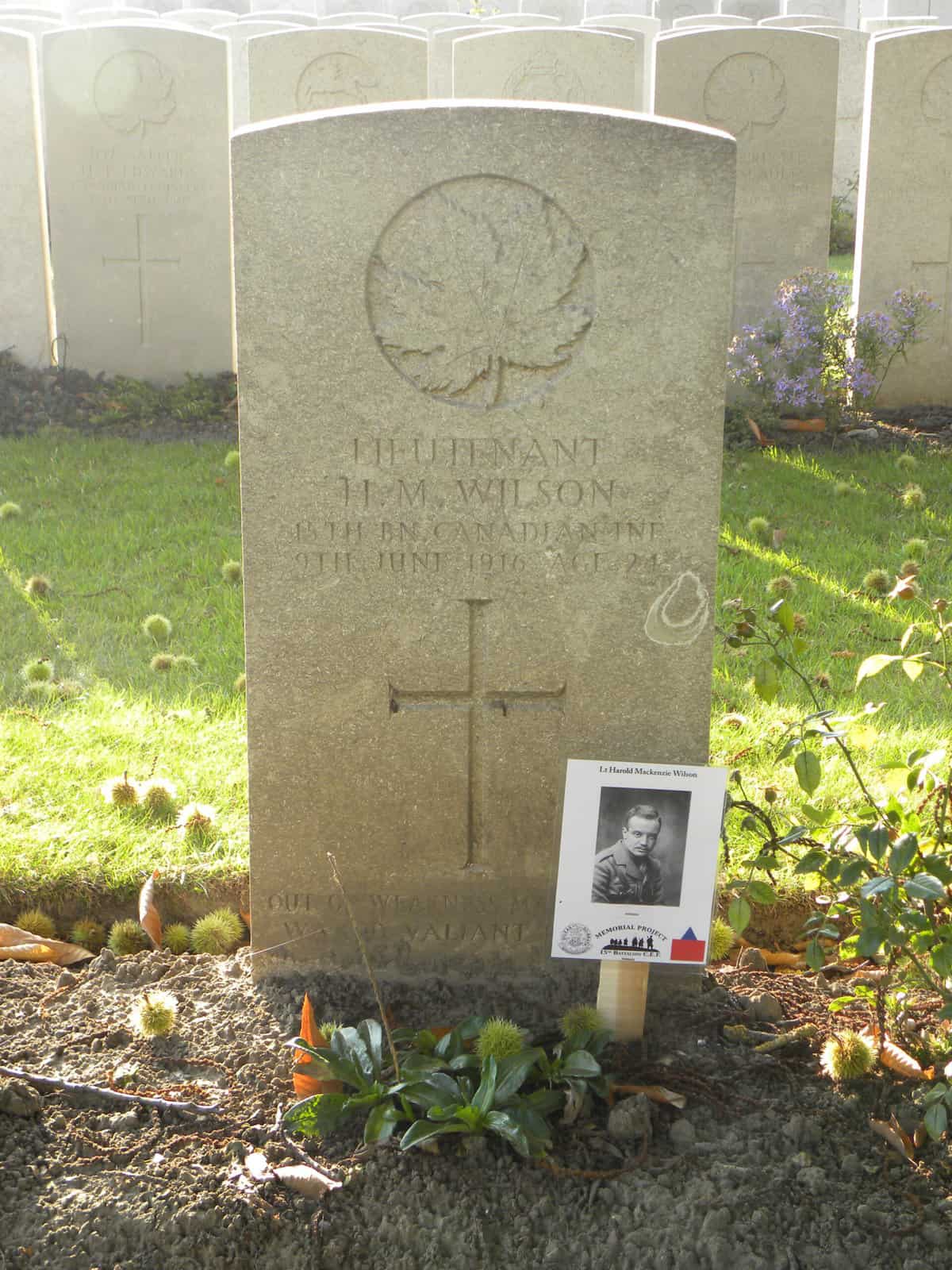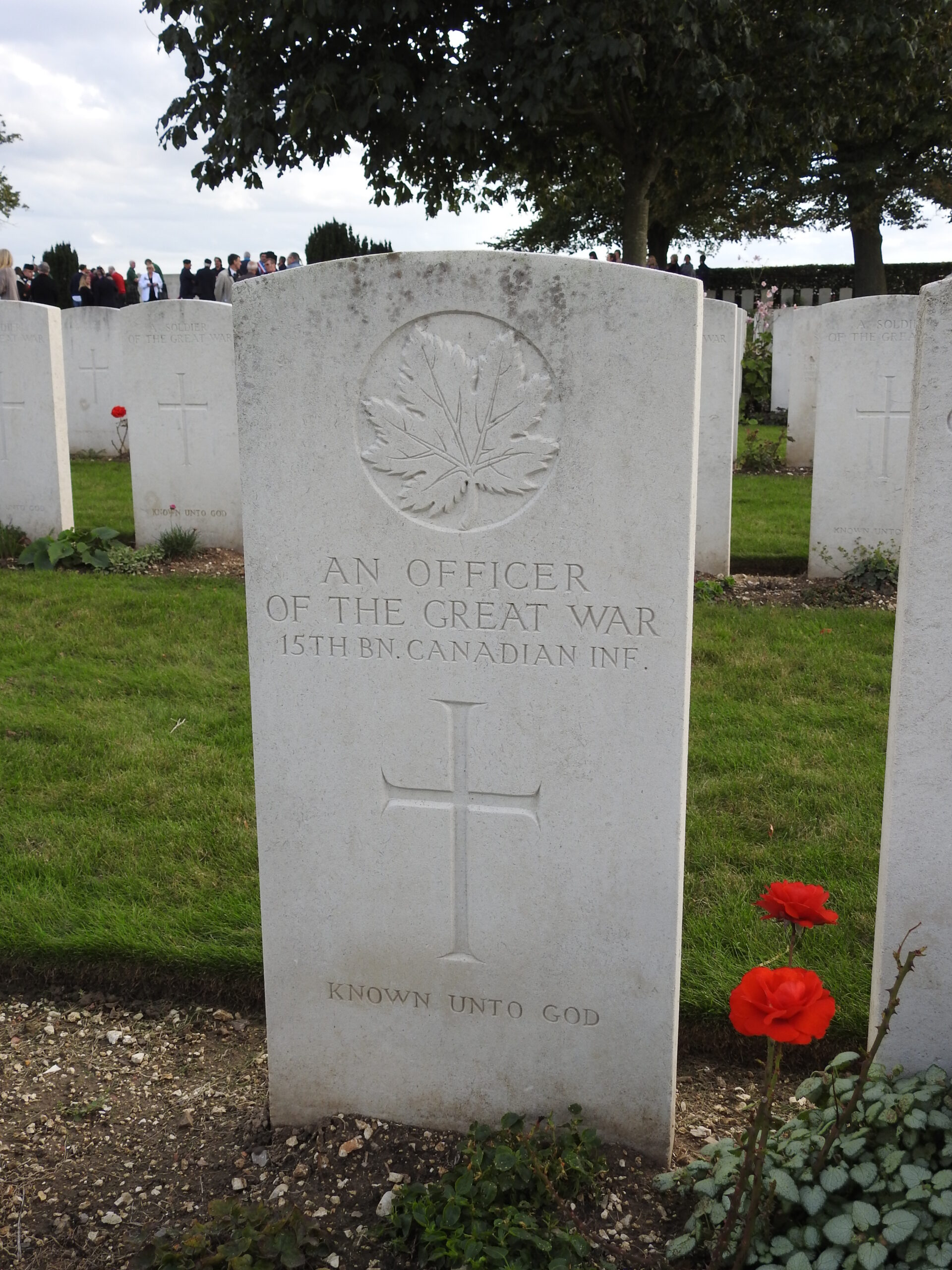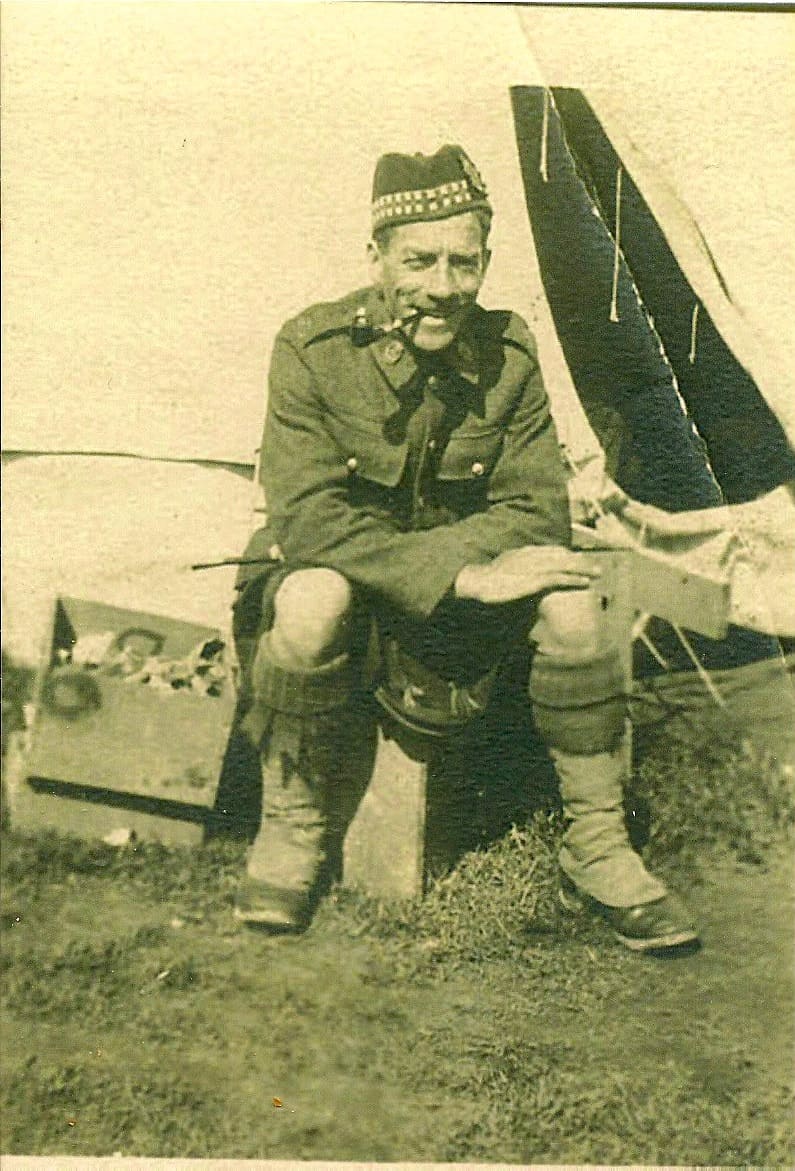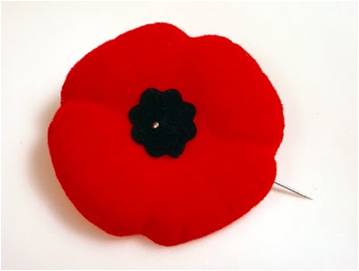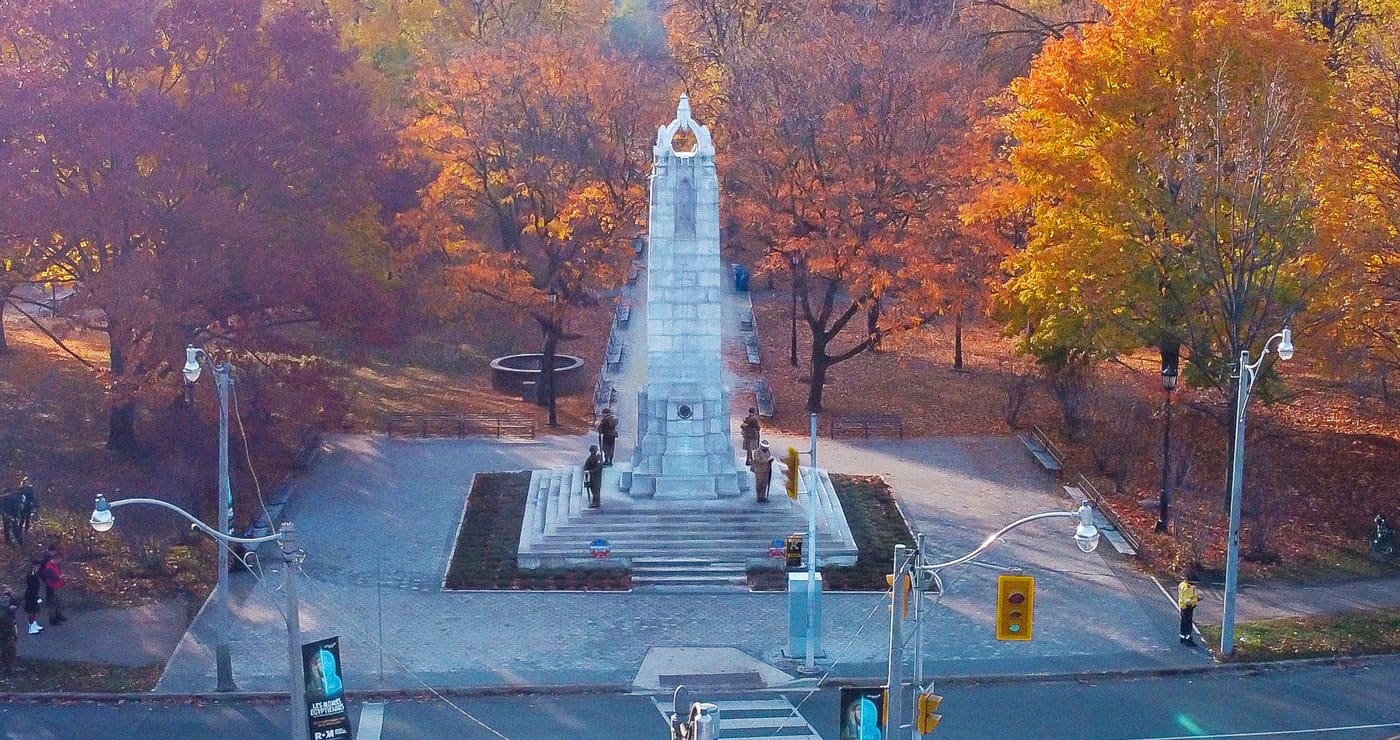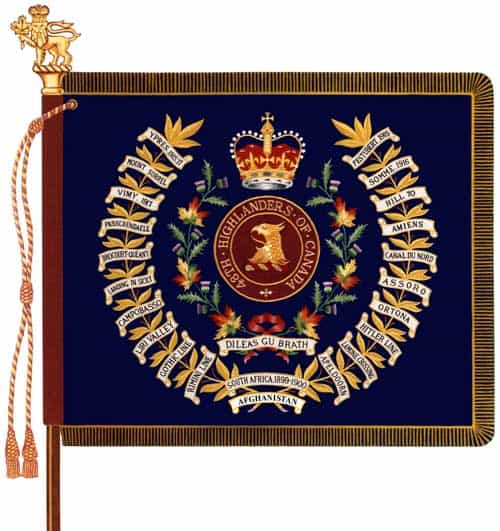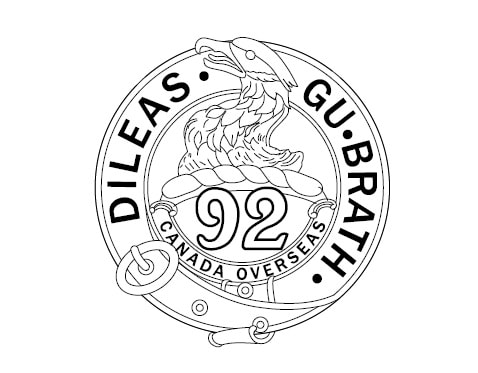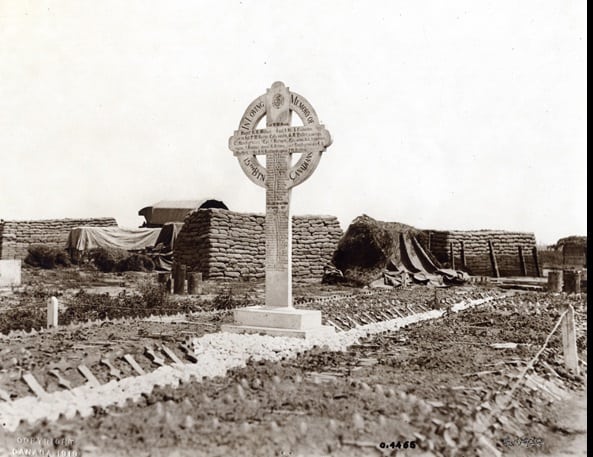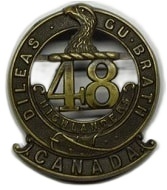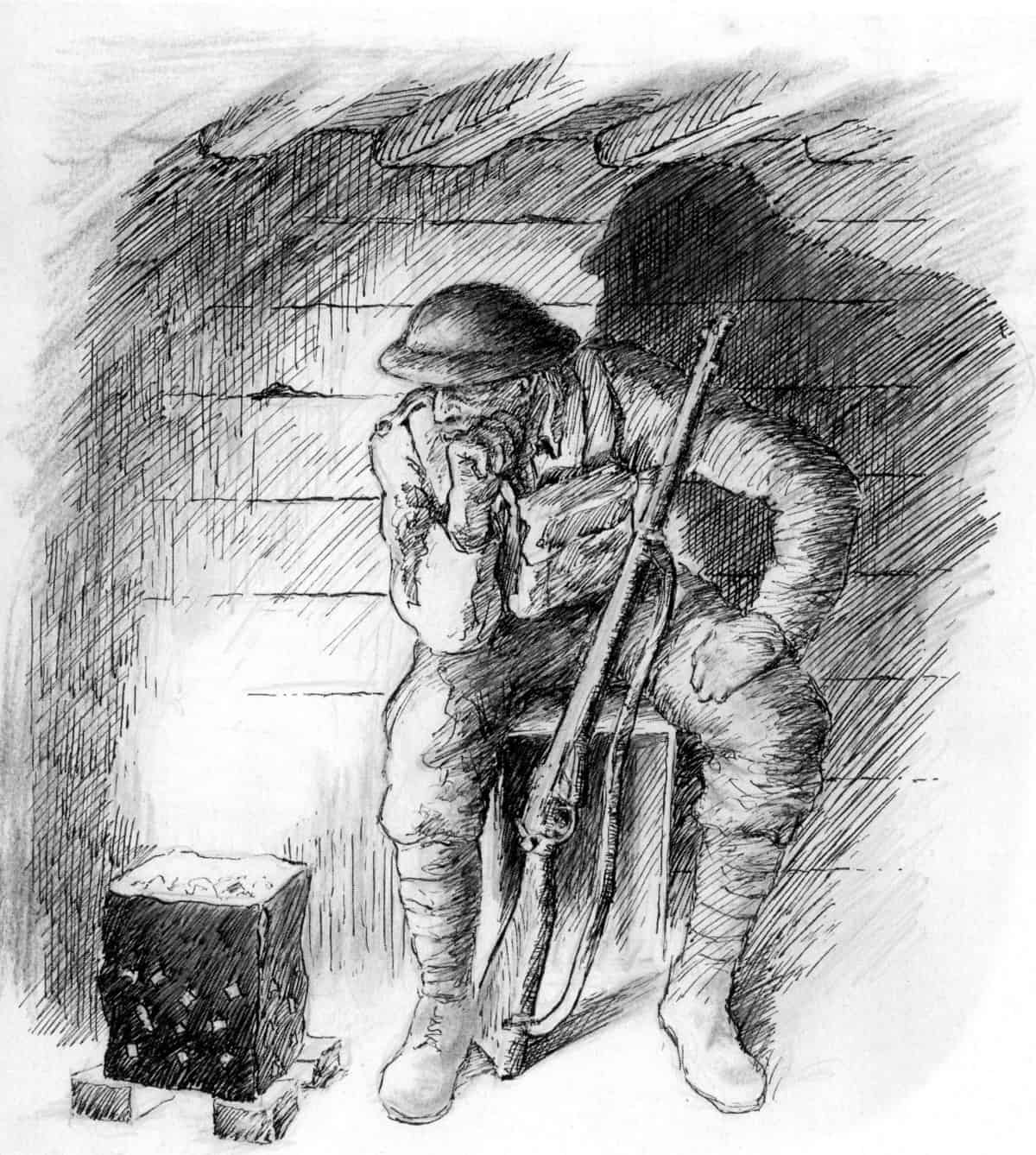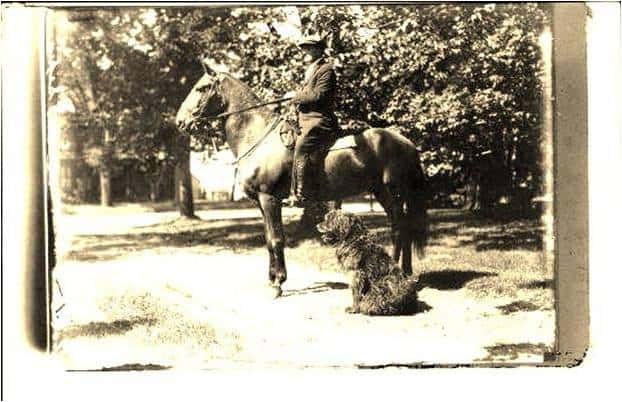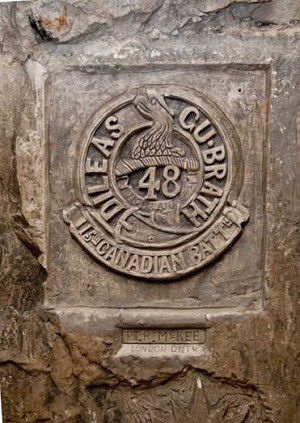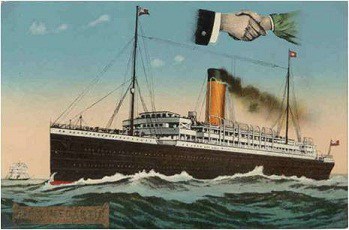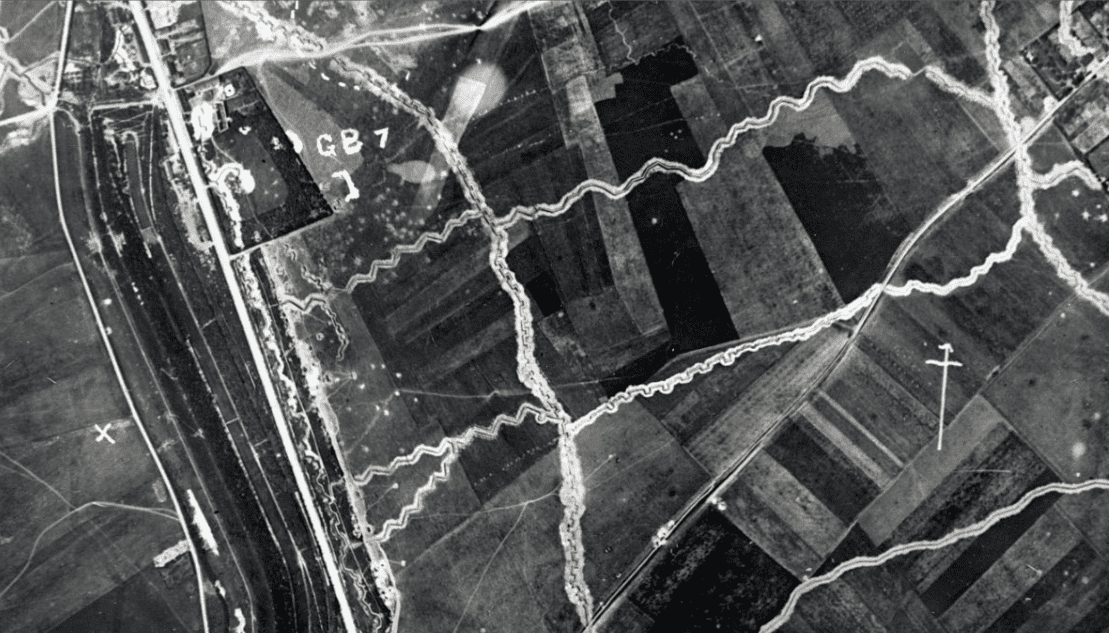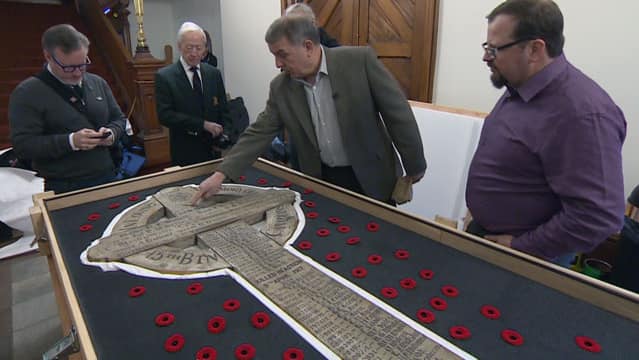The 15th Battalion Memorial Project was initiated in 2007 with a simple objective: to commemorate all those who served, especially those who gave their lives, in the 15th Battalion Canadian Expeditionary Force (C.E.F.) during The Great War 1914-1918.
In the approach to the 100th anniversary of The First World War and the passing of that watershed event from memory to history, the Memorial Project was envisioned to be a vehicle to acknowledge the part that the 15th Battalion, and through it, all Canadians played in Canada’s contribution to the war effort on the battlefields of The Western Front. The Project proposed to do this through a series of memorials erected in locations where the 15th Battalion won the 21 Battle Honours it was awarded for actions during the Great War. Although focused on one C.E.F Battalion, the work of the Memorial Project with the local governments, organizations and communities both in France and Belgium has contributed significantly to the awareness of the accomplishments and sacrifice of all Canadians during The Great War. Although initially composed of members mainly from the Toronto area, by 1916 and through to the end of the war, the 15th Battalion was truly a pan-Canadian unit with members from over 50 C.E.F Battalions and virtually every province and region of the country.
A standard bronze memorial plaque template was designed for use used at all memorial sites with only the narrative and map changing to reflect the historical particulars of each location. These plaques were designed to be not only commemorative but also to serve an educational function explaining to all visitors the significance of the site and telling the story of what occurred there. Following extensive historical research and thorough surveying of battlefield locations in Belgium and France, the first five memorial locations were identified. Raising funds; obtaining private and public authorization for land; acquiring the support and participation of municipal authorities and local communities; and detailed review by historical authorities both in Canada and Europe necessitated the division of the first five memorial sites into four phases for execution over the period 2007-2013.
Phase One was successfully completed on time and on budget in April 2010 with the unveiling and dedication of the first three memorials: two in Belgium at St Julien and Gravenstafel Ridge to commemorate the 1915 gas attack during the 24 April 1915 battle of 2nd Ypres; and, one in France at Hendecourt-les-Cagnicourt to commemorate the 01 September 1918 capture of ‘The Crow’s Nest’ during the battle of The Drocourt-Queant Line. The lessons learned during Phase One facilitated the execution of Phase Two which saw the unveiling and dedication of two more memorials: one in Belgium on 22 October 2011 Near Zillebeke to commemorate the 03 June 1916 assault on Observatory Ridge during the fighting for Mount Sorrel; and the second on 23 Oct 2011 at Festubert in France to commemorate the 20 May 1915 action at Canadian Orchard and The North Breastworks. Phase Three identified two sites for memorials at near Benifontaine (Hill 70) and Marquion (Canal du Nord) and both of these memorials were successfully erected and dedicated in September 2012. Phase Four saw the two memorials dedicated in France at Warvillers and Courcelette in September 2013. The latter memorial commemorates the Battalion’s participation in the battle of Thiepval Ridge on the Somme in 26 September 1916 while the former commemorates their actions in the battle of Amiens 8-9 August 1918. The Project’s tenth, and arguably its largest memorial effort to-date, was erected at Ecurie near Vimy to commemorate the battalion’s actions during the 1917 battle of Vimy Ridge. Finally, the last Project memorial is scheduled to be erected in 2023 at Hill 60 in Belgium to commemorate the battalion’s service in that location in 1915-1916 as well as the death of its Commanding Officer, Lt Col William Marshall DSO at Hill 60 in 1916.
The successful completion of the memorial construction phase of the Project has put in place a series of eleven memorials in those prominent locations where The Canadian Corps was engaged from 1915 to 1918, that help tell the 15th Battalion’s and Canada’s story. In effect, an informal ‘Canadian trail’ has been created along the Western Front from Ypres in the north to Marquion in the south. This is especially important as increasing numbers of Canadian visitors come to Belgium and France to find out more about the tragic events that took place there which are of the utmost importance to the Canadian national identity.
Of particular note, the three memorials erected by the 15th Battalion CEF Memorial Project in the Ypres area are currently being incorporated into the Canadian Remembrance Trail and will complement the existing Canadian National Memorials at St Julien, Sanctuary Wood and Passchendaele. When complete, this trail will tell Canada’s story in The Salient and mark those places sacred to the memory of all who fought and especially to those who fell there.
The members of the Project Team are all volunteers, the majority of whom consist of retired veterans who at times during their careers in The Canadian Army were former serving members of the 48th Highlanders of Canada which was the Regiment that raised the 15th Battalion during The First World War. The Project has been fortunate to receive significant support and assistance from individuals and organizations in Canada as well as individuals, institutions, local governments and communities in both Belgium and France. In particular, sites for the memorials have been graciously donated by individual landowners and municipal governments. All funds for the project have been raised in Canada from private and corporate donations.
The Project Team has done extensive research on the 15th Battalion and has developed a significant photographic and documentary database on the unit and the men who served in it during ‘The Great War.’ This database has been shared with the archives of the 48th Highlanders Regimental Museum in Toronto and is currently being uploaded to this website where the material will be available to anyone seeking information or doing research on the battalion or any of its members. All of these resources have allowed the Project to become successful in supplying material to many individuals and organizations seeking information on men, especially relatives, who served in the 15th Battalion. The Project Team designed and resourced all the artifacts and materials for the permanent display on the 15th Battalion that is the centre piece of the Canadian exhibit in the new extension to the Passchendaele 1917 Memorial Museum in Zonnebeke, Belgium. The Project Team has also been slowly working to upload thousands of photographs and documents to the 1,467 individual on-line Virtual War Memorial files maintained by Veteran’s Affairs Canada on all the men who were killed or died while with the 15th Battalion. In 2017, the Project facilitated the loan of the 15th Battalion’s original Vimy cross to Veteran’s Affairs Canada so it could be returned to Vimy to be on display at the opening of the new Vimy Visitor Education Centre in April 2017 for the Centenary of Vimy ridge.
The Memorial Project continues to work to ensure that the story of the 15th Battalion CEF and the men who served in it is not forgotten and that their place in our collective remembrance remains strong and vibrant. In the words of the Battalion’s Regimental motto ‘Dileas Gu Brath’ they and we remain “Faithful Forever”.
